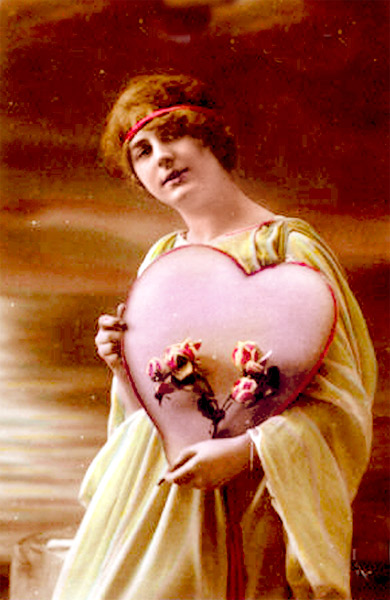Introducing Jessica Barbour, the one behind the OUP Summer Choir Session
This year New York Oxford University Press office started a Summer OUP Choir Session! Originally, it began as a holiday initiative in the Winter of 2014–ending with a spectacular performance at the holiday party.






